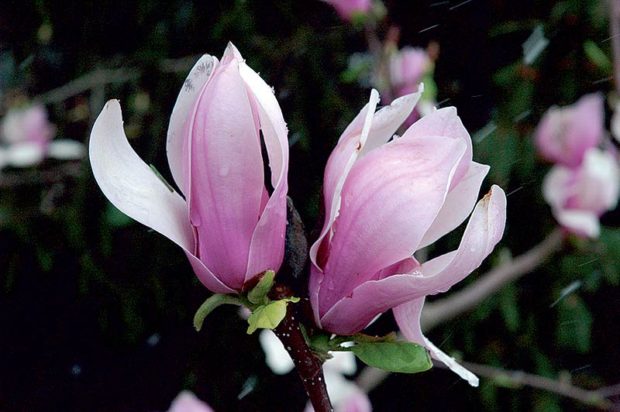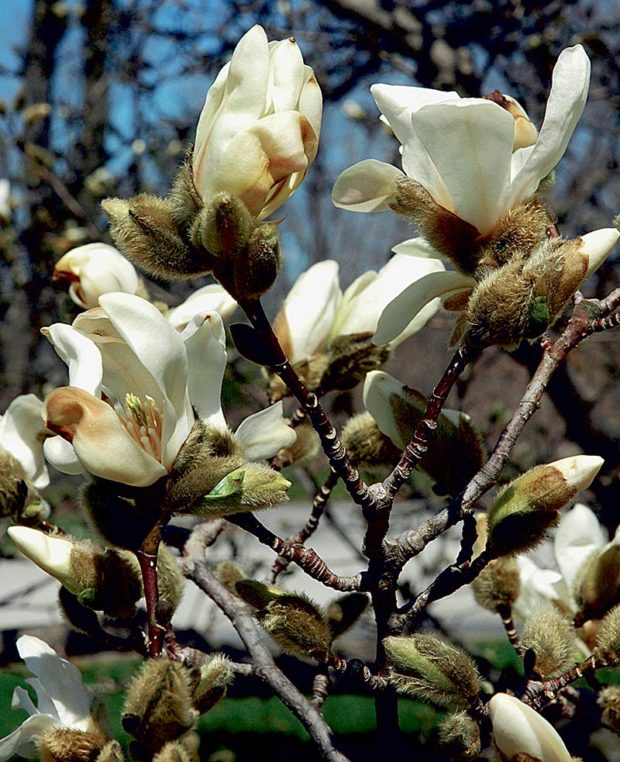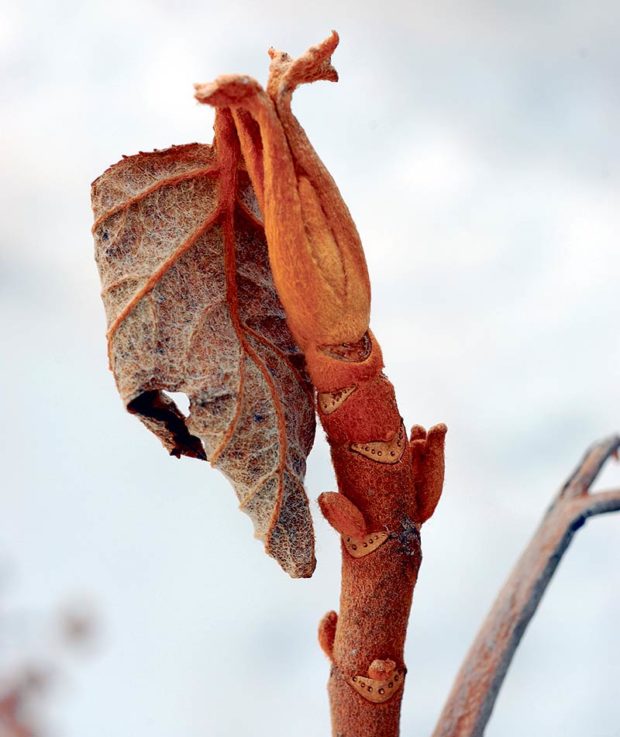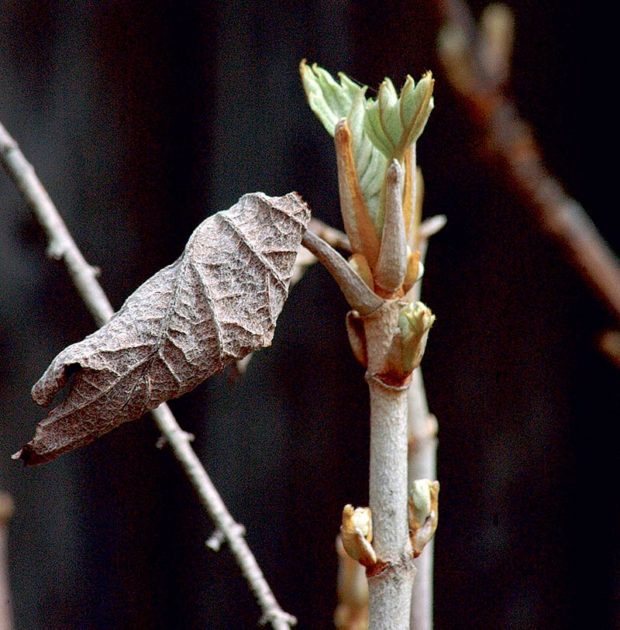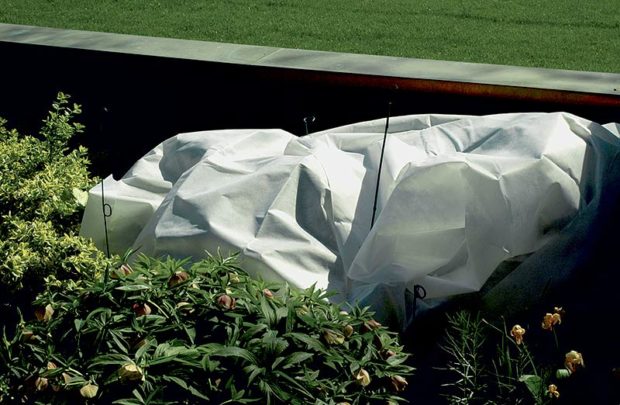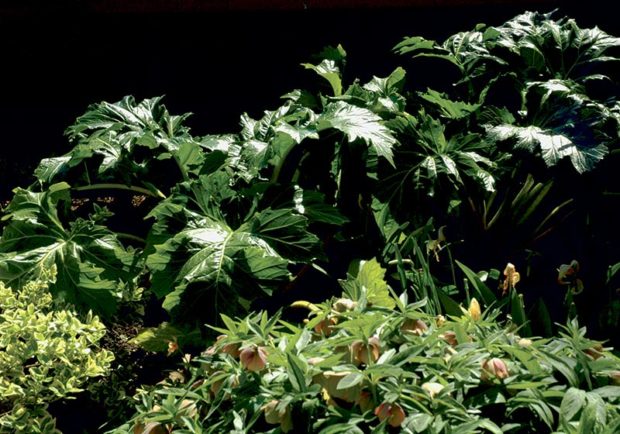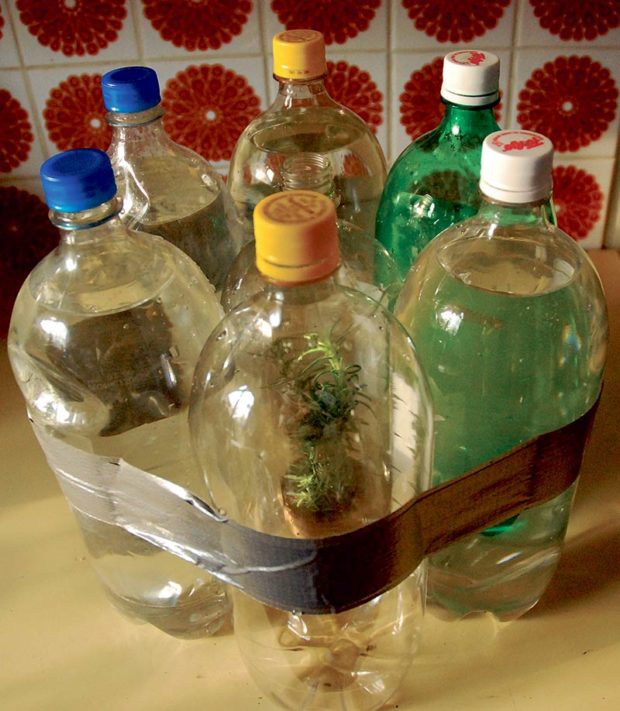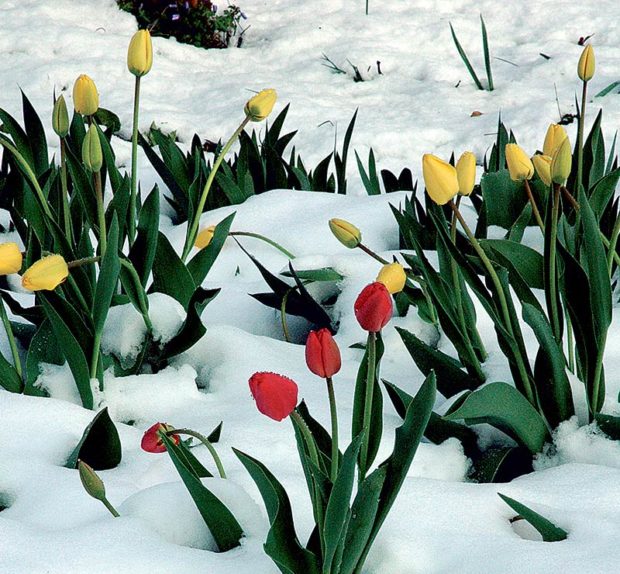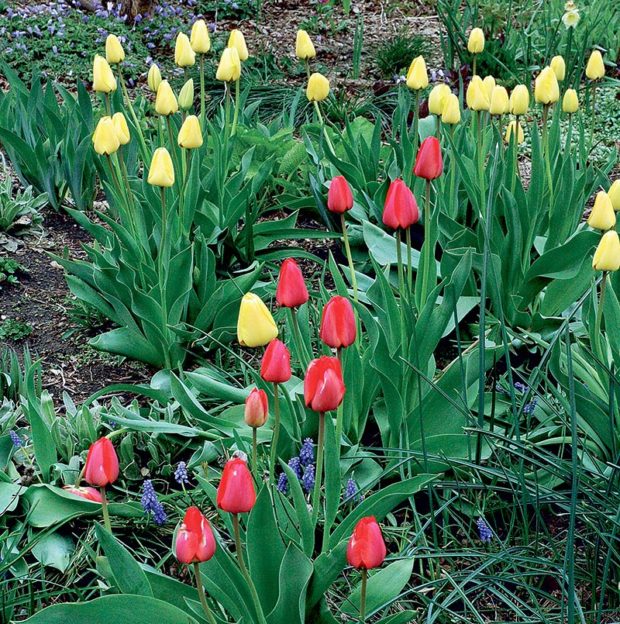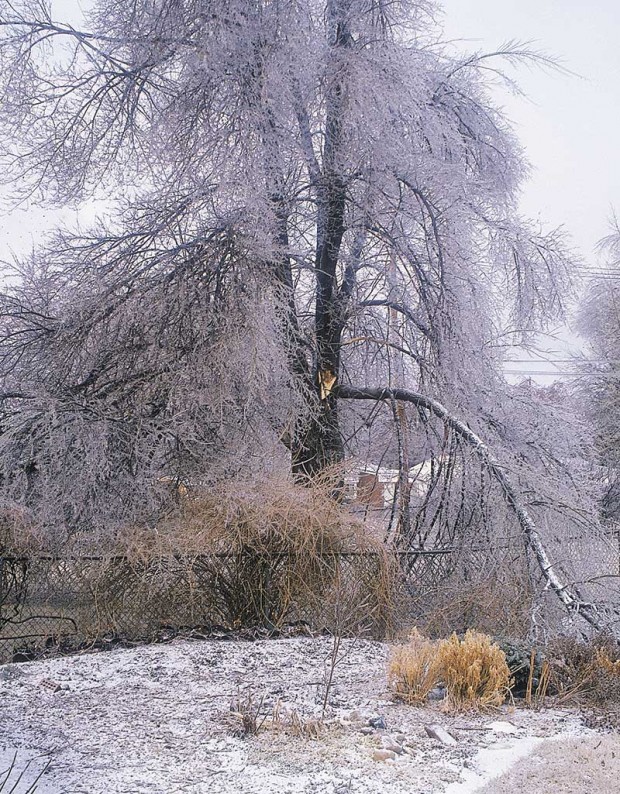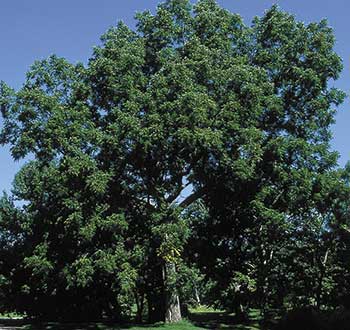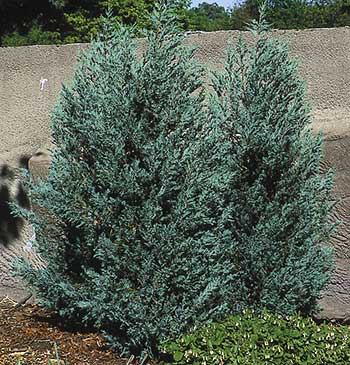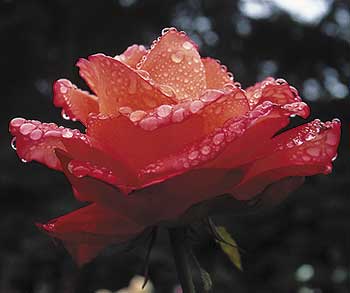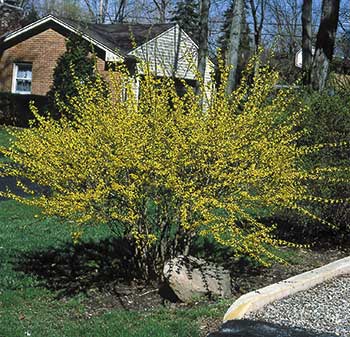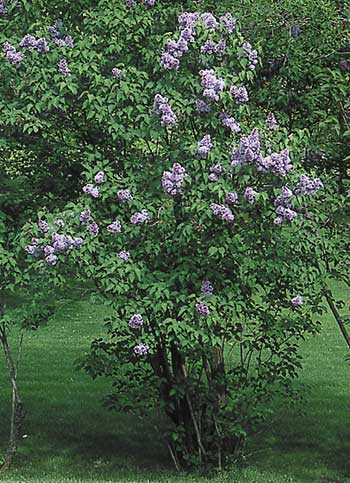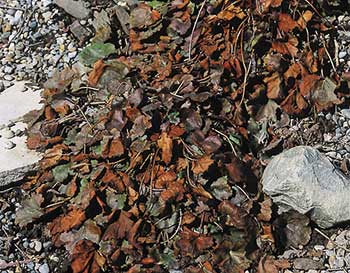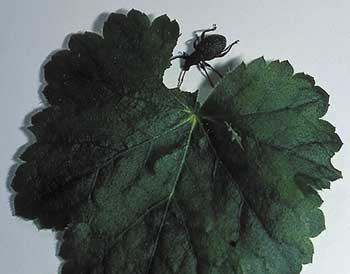The 2023 plant hardiness zone map is based on 30-year averages (from 1991 to 2020) of the lowest annual winter temperatures at specific locations. It is divided into 10-degree Fahrenheit zones and further divided into 5-degree Fahrenheit half-zones. The 2023 map incorporates data from 13,412 weather stations compared to the 7,983 that were used for the 2012 map.
Plant hardiness zone designations represent the “average annual extreme minimum temperature” at a given location during a particular time period (30 years, in this instance). Put another way, the designations do not reflect the coldest it has ever been or ever will be at a specific location, but simply the average lowest winter temperature for the location over a specified time. Low temperature during the winter is a crucial factor in the survival of plants.
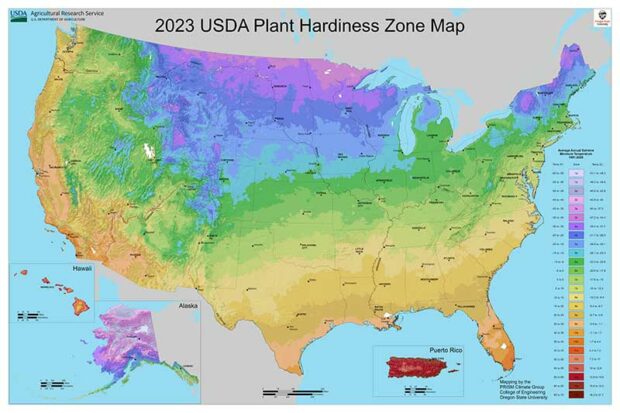
As with the 2012 map, the new version has 13 zones across the United States and its territories. Each zone is broken into half zones, designated as “A” and “B.” For example, zone 6 is divided into 6a and 6b half zones. When compared to the 2012 map, the 2023 version reveals that about half of the country shifted to the next warmer half zone, and the other half of the country remained in the same half zone. That shift to the next warmer half zone means those areas warmed somewhere in the range of 0 to 5 degrees Fahrenheit. However, some locations experienced warming in the range of 0 to 5 degrees Fahrenheit without moving to another half zone.
The annual extreme minimum temperature represents the coldest night of the year, which can be highly variable from year to year, depending on local weather patterns. Some changes in zonal boundaries are also the result of using increasingly sophisticated mapping methods and the inclusion of data from more weather stations.
Temperature updates to plant hardiness zones are not necessarily reflective of global climate change because of the highly variable nature of the extreme minimum temperature of the year, as well as the use of increasingly sophisticated mapping methods and the inclusion of data from more weather stations. Consequently, map developers involved in the project cautioned against attributing temperature updates made to some zones as reliable and accurate indicators of global climate change (which is usually based on trends in overall average temperatures recorded over long time periods).
https://planthardiness.ars.usda.gov/
ELSEWHERE: How plants survive a Michigan winter

